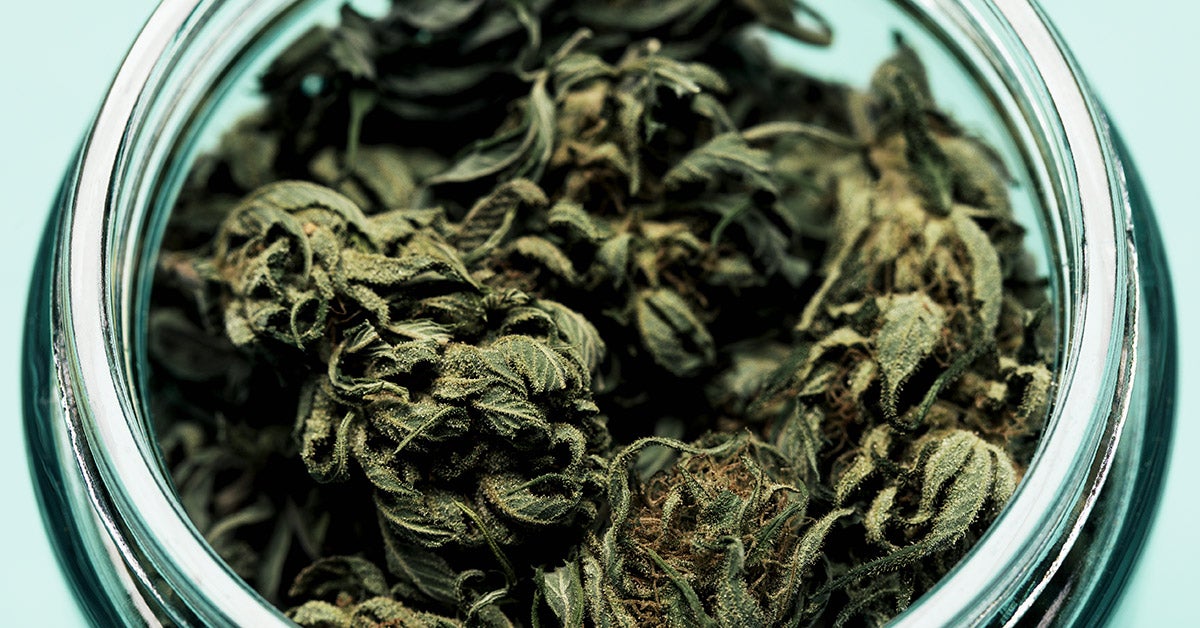Krokodil (Desomorphine): Opioid with Toxic Side Effects
Opioids are drugs that relieve pain. There are different types of opioids available, including those made from poppy plants, such as morphine, and synthetic opioids, such as fentanyl.
When used as prescribed, they can be very effective at treating pain that's not relieved by other pain medications, such as acetaminophen.
Opioids work by attaching to opioid receptors in the brain and preventing pain signals. They also boost feelings of pleasure, which is why they're addictive.
The misuse of opioids has reached epidemic proportions. Every day, 130 people die from an opioid overdose in the United States, according to the Centers for Disease Control and Prevention. These include opioids in all forms: original, synthetic, or mixed with other drugs.
Desomorphine is an injectable derivative of morphine. You may have heard of it by its street name 'krokodil.' It's often referred to as a cheaper substitute for heroin.
Its street name comes from one of its many toxic side effects. People who use krokodil develop scaly, black and green skin that resembles crocodile skin.
Krokodil is the Russian spelling for crocodile. It goes by a few different names and spellings, including:
- krocodil
- krok
- croc
- alligator drug
It was first introduced in Russia in the early 2000s. It's made by synthesizing desomorphine from codeine and mixing it with other additives, such as:
- hydrochloric acid
- paint thinner
- iodine
- gasoline
- lighter fluid
- red phosphorus (matchbook striking surfaces)
These dangerous additives are likely the cause of its notorious side effects.
Russia and the Ukraine seem to be most affected by the drug, but there have been reports of its use and side effects in the United States.
The use of desomorphine was first reported in 1935 as a treatment for pain caused by trauma.
The drug was found to be a more potent pain reliever than morphine with a shorter duration and less nausea. Doctors continued to use the drug before and after surgery for its calming effect.
It's no longer in use today. In the United States, the Drug Enforcement Agency (DEA) classifies desomorphine as a Schedule I substance. This means it has a high potential for misuse without any accepted medical use.
Codeine tablets are available without a prescription in Russia. Inexpensive and readily available substances are combined with the codeine to make the homemade or street version of the drug, krokodil.
People use it as a cheaper substitute for heroin.
The most recognized side effect of krokodil is scaly green and black skin that develops shortly after injecting the drug.
Based on reports, people don't need to use the drug for long to experience permanent and serious tissue damage that extends as deep as the bone.
Let's take a closer look at the side effects responsible for the drug's street name as well as its other side effects.
Skin necrosis
According to reports, people develop significant swelling and pain in the area where the drug is injected. This is followed by skin discoloration and scaling. Eventually large areas of ulceration occur where the tissue dies.
The damage is believed to be at least partly caused by the toxic effect of the additives used to make the drug, most of which are erosive to skin.
The drug is also not purified before injection. This may explain why the skin irritation happens almost immediately after injection.
Muscle and cartilage damage
The ulcerated skin often progresses to severe muscle and cartilage damage. The skin continues to ulcerate, eventually sloughing off and exposing the bone underneath.
Krokodil is 10 times more potent than morphine. Because of its pain-relieving effects, many people who use the drug ignore these side effects and put off treatment until extensive damage has been done, including gangrene.
Blood vessel damage
Krokodil can damage the blood vessels that prevent the body's tissues from getting the blood it needs. Blood vessel damage associated with the drug can cause gangrene. It can also lead to thrombophlebitis, which is inflammation of a vein caused by a blood clot.
Bone damage
Bone infections (osteomyelitis) and bone death (osteonecrosis) in parts of the body separate from the injection site have also been reported.
Bacteria are able to enter the bone through the deep tissue wounds, causing infection. Bone death occurs when blood flow to the bone slows or is stopped.
Amputation is sometimes needed to treat this type of damage.
Use of krokodil has been associated with a number of other serious side effects and complications, including:
- pneumonia
- meningitis
- sepsis, also referred to as blood poisoning
- kidney failure
- liver damage
- brain damage
- drug overdose
- death
Krokodil (desomorphine) is a dangerous and potentially fatal drug that causes a number of side effects.
Its toxic effects are experienced immediately after injecting it and progress very quickly.
If you or someone you know is using krokodil or misusing other opioids, here's how to get help.
-
 6 interesting genetic traits that children will inherit from their parents
6 interesting genetic traits that children will inherit from their parents
-
 7 effects of asparagus on child development
7 effects of asparagus on child development
-
 Does cutting blood hair for babies bring good luck?
Does cutting blood hair for babies bring good luck?
-
 The more babies eat, the higher the height they develop, especially the second kind
The more babies eat, the higher the height they develop, especially the second kind
-
 Children with chicken pox should eat to quickly recover from the disease, without leaving a deep scar?
Children with chicken pox should eat to quickly recover from the disease, without leaving a deep scar?
-
 The more food is cooked, the better it can be for health, especially the second type
The more food is cooked, the better it can be for health, especially the second type
-
 What Does Weed Smell Like Before and After Being Smoked?
What Does Weed Smell Like Before and After Being Smoked?
-
 Signs You Need Prescription Treatment for Chronic Dry Eye
Signs You Need Prescription Treatment for Chronic Dry Eye
-
 12 Jade Egg FAQs: Purported Benefits, Potential Risks, Safer Use Tips
12 Jade Egg FAQs: Purported Benefits, Potential Risks, Safer Use Tips
-
 Can Blind People Dream? What They See
Can Blind People Dream? What They See
-
 Is Aging at Home Better Than Aging in a Community? Not Always
Is Aging at Home Better Than Aging in a Community? Not Always
-
 Seeing these 7 signs, think about breast cancer right away, but don't ignore the dangerous disease
Seeing these 7 signs, think about breast cancer right away, but don't ignore the dangerous disease































